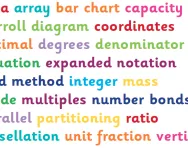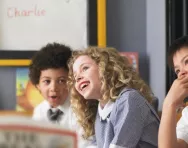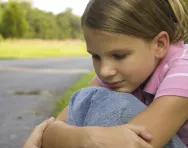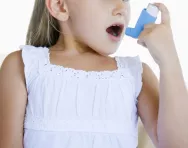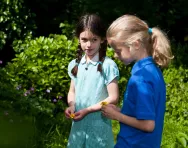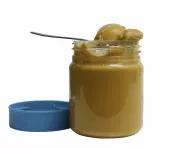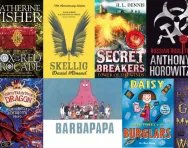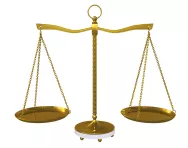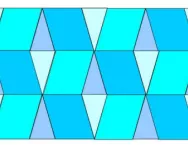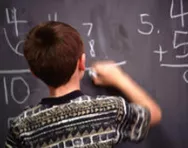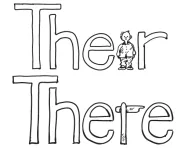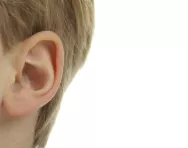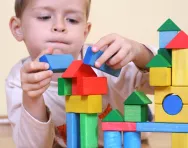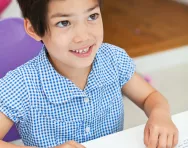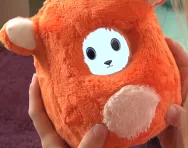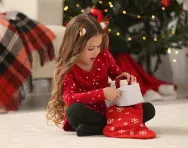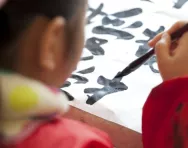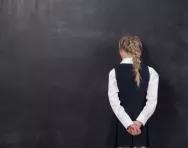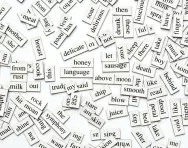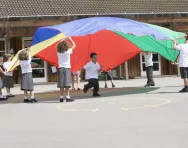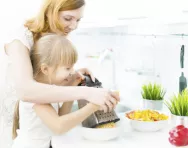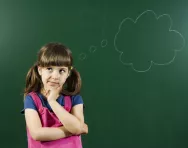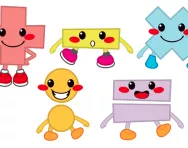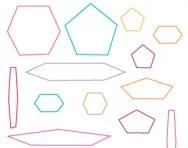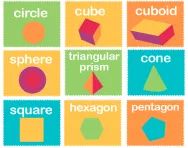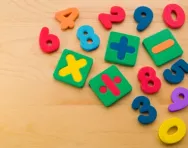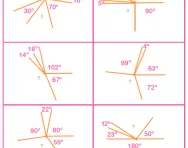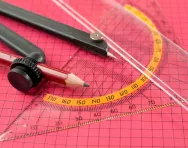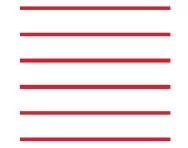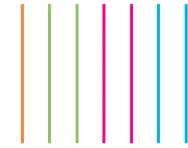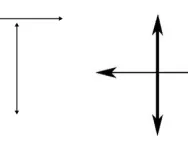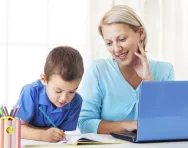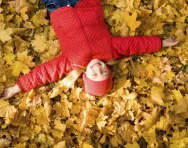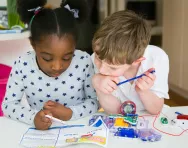Primary numeracy glossary for parents
From area to word problems, TheSchoolRun's primary-school numeracy glossary offers a complete guide to all the maths concepts children are taught in EYFS, KS1 and KS2. Brush up on your own mathematical skills, clear up homework confusion and understand exactly what your child is learning at school by reading our basic definitions (with links to more detailed explanations, teachers' tips and examples).
Primary literacy glossary for parents
From adjectives to writing frames, TheSchoolRun's primary-school literacy glossary offers a complete guide to all the concepts children are taught in EYFS, KS1 and KS2 English. Brush up on your own literacy skills, clear up homework confusion and understand exactly what your child is learning at school by reading our basic definitions (with links to more detailed explanations, teachers' tips and examples).
How to choose the right sports club for your child
Only one three-letter word matters when looking for a great sports club for your child. No, not ‘win’, but ‘fun’. Andrew Shields explains.
Blending sounds: teachers' tips
Struggling to help your child 'blend' sounds when they're reading aloud? Primary teacher Phoebe Doyle offers tips to help you support their phonics learning and early reading at home.
Managing separation and divorce at school
Separation isn’t just a family affair – the consequences need to be managed at school, too. Moira Holden explains the legalities involved and experts give advice on how to deal with your child’s education as a separated family.
Managing asthma in primary school
Managing asthma at school can be a challenge, but new legislation will ensure that children with long-term health needs receive extra support. Jo Willacy reports.
The parents’ guide to developmental language disorder
A significant percentage of children are thought to be affected by DLD, but it often goes unrecognised. We look at how to spot the signs and help your child.
Dealing with anaphylaxis in schools
If your child suffers from a severe food allergy, sending them to school every day can be a daily battle of trust. Jo Willacy takes a look at policy, action plans and training for parents and school staff to help tackle allergy management concerns.
Managing diabetes at school
If your child has diabetes, which is a condition when the body doesn’t produce enough insulin, you want to know that they’ll be as healthy and safe as possible at school. We share tips about drawing up a care plan, communicating effectively with school and raising awareness of diabetes with teachers and carers.
14 of the best new books for children for Christmas 2013
Start a new tradition of reading in front of the tree on the evening of 25 December with these brilliant new books for 4-11 year olds. From thrillers to Dr Who adventures, picture books to hide-under-the-covers scare stories, they'll transport your child around the globe and back and forwards in time so effectively that all the new screens and interactive games will be forgotten. Happy reading!
What are standard and non-standard units?
We explain what standard and non-standard units are and how non-standard units can help children understand the concept of weight before they master the skill of accurate measurement and converting units of measurement
What are tessellating shapes?
We explain what tessellating shapes are and why tessellation may be taught in primary school as part of learning about 2D shapes.
What is an estimate?
We explain how children are taught to make estimates to check whether their answers are correct and how this skill is applied to more difficult calculations as your child advances through primary school.
Memory aids for kids
Rhymes, acrostics and other mnemonics could all help your child to remember important facts, from tricky spellings to grammar rules. We asked the experts why they work so well – and for their top 10 memory aids.
Glue ear: all your questions answered
Children afflicted by glue ear can have a miserable time at school, but the nature of the condition means many parents and teachers may not even guess that a child is suffering. Moira Holden looks at the causes of glue ear and how it can be treated.
Best construction toys for kids
Want to develop your child’s problem-solving skills, understanding of physics and fine motor control (essential for handwriting)? Time to get out the building blocks! We pick eight of the best construction toy sets for budding engineers, architects and designers.
How to prepare your child for primary school
What do tiny four- and five-year-olds really need to know before they start Reception? We asked experts, teachers and mums what you can do at home to prepare them – and what is best left to the professionals!
100 of the best educational toys: EYFS
Learning toys that are packed with play value, too, our 100 best educational toy picks will help your child identify numbers and letters, learn their high frequency words, understand rhyming and even get to grips with primary-school programming and physics. Get great gift ideas with our recommendations for nursery and Reception children!
100 of the best educational toys: stocking fillers
Don't forget the stockings! These little toys and games are the perfect size to slip in, yet still offer plenty of educational opportunity. Encourage observation, curiosity, dexterity and creativity with these brilliant gifts, whatever age your child is.
Primary-school Chinese: the lowdown
Learning a foreign language has been compulsory for Key Stage 2 children since 2014, and Mandarin is an option in forward-thinking schools. Lucy Dimbylow explains what you need to know about Chinese in primary schools.
School exclusions: everything primary-school parents need to know
Parents faced with their child being excluded from school are often very upset and confused. Moira Holden looks at the regulations that surround the exclusion process.
13 ways to make grammar fun for children
With all Year 6 children required to take a spelling, punctuation and grammar test and more emphasis on the technical side of English in the primary curriculum, we asked the experts for their top tips and practical activities to help your child engage with – and enjoy – grammar.
6 primary-school health concerns parents need to look out for
The days of colic and cradle cap may be long gone, but your primary school child is now susceptible to a different range of health issues. From tummy bugs and nits to emotional health concerns, Lucy Dimbylow looks at what you need to know to keep them safe and well.
7 life skills all primary-school children need
Not everything your child needs to get on in life can be learned in the classroom. From typing and DIY skills to cooking and lifesaving, here are seven vital skills that will stand them in good stead in the primary-school years and beyond. By Lucy Dimbylow
Philosophy in primary school: how thinking skills will benefit your child
Pondering life’s big questions could have some surprising benefits for your child. So how is philosophy taught in primary schools, and how can you encourage children to think deeper at home?
What are the four operations?
We explain what the four operations are and how children learn about addition, subtraction, multiplication and division over KS1 and KS2, working towards solving problems involving all four operations.
What are regular and irregular shapes?
We explain what regular and irregular shapes are and suggest mnemonics to help children remember how many sides different shapes have. We also have examples of the types of questions primary-school children might be asked about shapes.
What are the properties of 2D and 3D shapes?
We explain what the properties of 2D and 3D shapes are, what faces, edges and vertices are and how children will describe 2D and 3D shapes in KS1 and KS2.
What are the names of 2D and 3D shapes?
We explain what the different 2D and 3D shapes are, when primary-school children are taught to name them and sort shapes according to their properties and when they learn to identify and draw their own nets of 3D shapes.
What are odd and even numbers?
We explain what odd and even numbers are and how primary-school children are taught about this concept in KS1 and then have to apply this learning in KS2.
What are degrees?
We explain what degrees are and how children are taught to use protractors to measure angles, as well as reviewing the different knowledge children acquire about angles throughout KS1 and KS2.
What are right, acute, obtuse and reflex angles?
We explain what right, acute, obtuse and reflex angles are and how children are taught about different angles through KS1 and KS2.
What is horizontal?
We explain how primary-school children are taught to recognise horizontal lines in shapes.
What is vertical?
We explain how primary-school children are taught to recognise vertical lines in shapes, and what you can to to support your child's understanding at home.
What is parallel?
We explain what parallel means and how children are taught about shapes throughout KS1 and KS2.
What is perpendicular?
We explain what perpendicular means and how children are taught angles throughout KS1 and KS2.
What is diagonal?
We explain what diagonal means in geometry and why it is important that children understand this term when learning about 2D shapes in primary school.
The beginner's guide to primary-school homework
How much homework should your child get in primary school, how often is it set, and what should you do if he’s getting too much – or none at all? We asked teachers for their insights on how to manage the home-school learning most effectively.
7 learning activities for autumn weather
Do you remember diving into a pile of crisp, golden autumn leaves? Collecting conkers? Walking through first-frost grass and feeling it crackle under your feet? Autumn and early winter are really inspirational seasons for outdoor activities, so wrap up warm and march the whole family out of the door. They won't want to come back in!
How to create a budding engineer
Engineering underpins almost every aspect of modern life. So what will your child learn about engineering and technology at school, and how can you encourage their enthusiasm? Lucy Dimbylow finds out.
